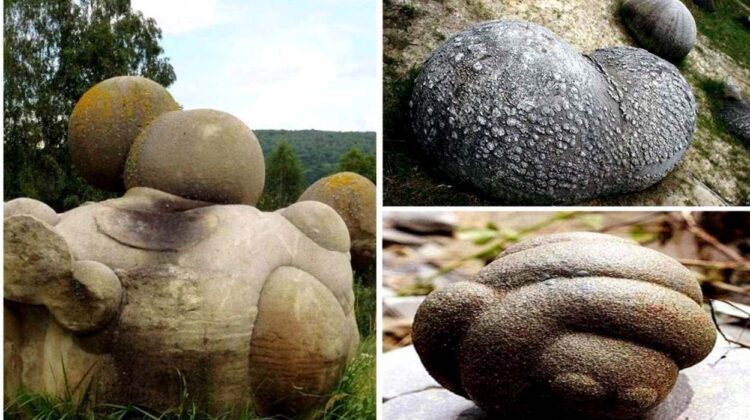Many people have the misconception that Romania is the home to vampires, werewolves, and other spooky, fantastical monsters. However, the nation is truly home to a more enigmatic object, and it is not simply a myth. When you learn about one of the world’s most bizarre artifacts, known as “Living Stones,” it will have you scratching your head. It may be located in a small town in the country.
The mysterious stones known as trovants are found in the Romanian village of Costeti. The phrase, first used in the work “The Tertiary in Oltenia” by naturalist Gh. M. Murgoci, was used in Romanian geology to describe cemented sand.
People who see these enigmatic rock formations in Romania are perplexed by them.
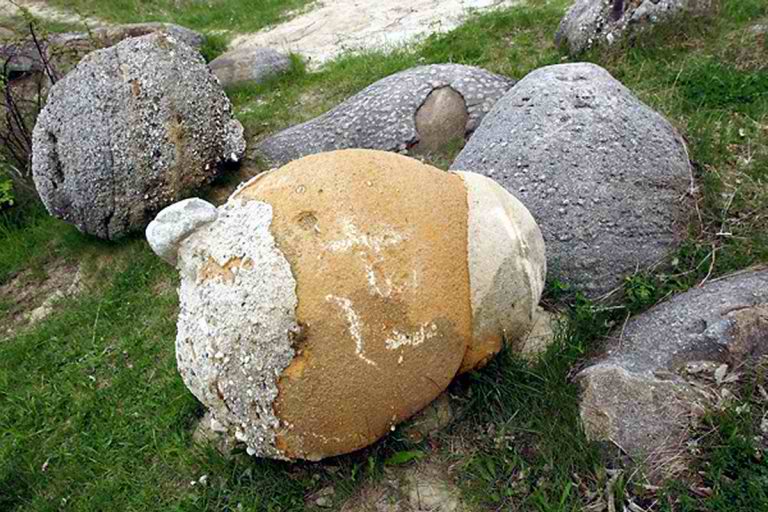
Unlike regular stones, these rocks continue to enlarge, almost like living things.
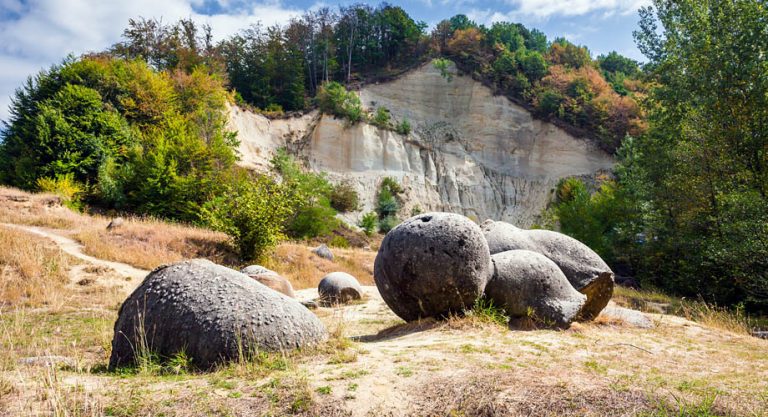
According to theory, the trovants are the result of earthquakes that shook the nation six million years ago. Although the stones appear strange in their cemented shape, many scientists from around the world were intrigued by them. However, something concerning the stones is happening that is even more perplexing.
Even scientists struggle to explain such a puzzling behavior in a purportedly non-living thing.
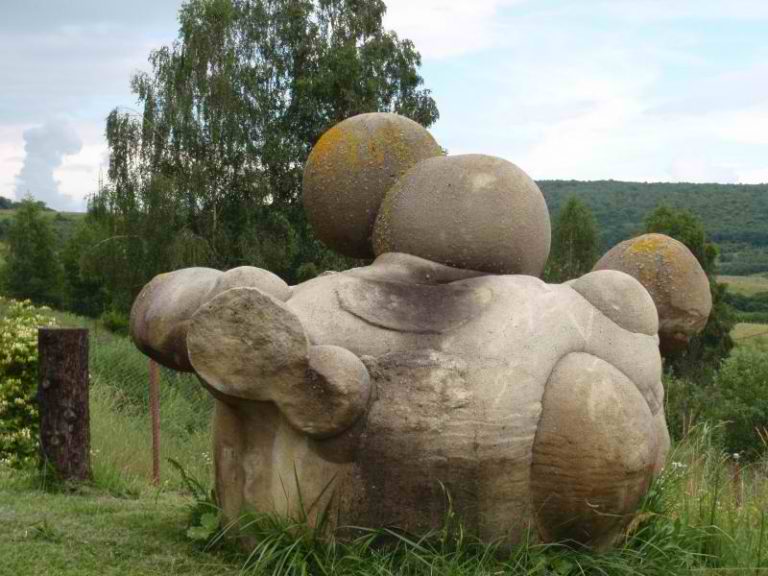
For their ability to grow, these stones were dubbed as Living Stones and Stones that Grow.
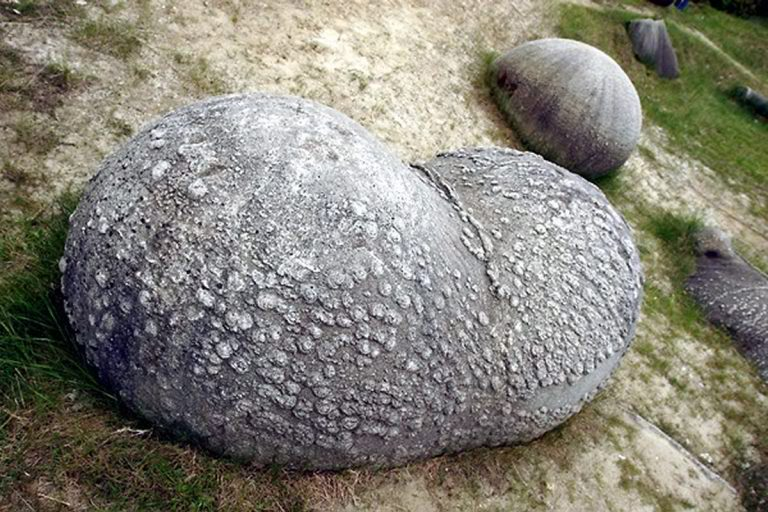
Locals also call the stones “The Stones that Grow” because they have the capacity to increase in size as though they were living things. Every time it rains, intriguing new forms appear on the surface, giving rise to many stories. When exposed to rainwater, the dormant stones appear to come to life and begin to grow. The mysterious stones can grow from a few millimeters to 10 meters in size!
The fact that these stones truly migrate from one area to another on their own is what surprises me the most about them.
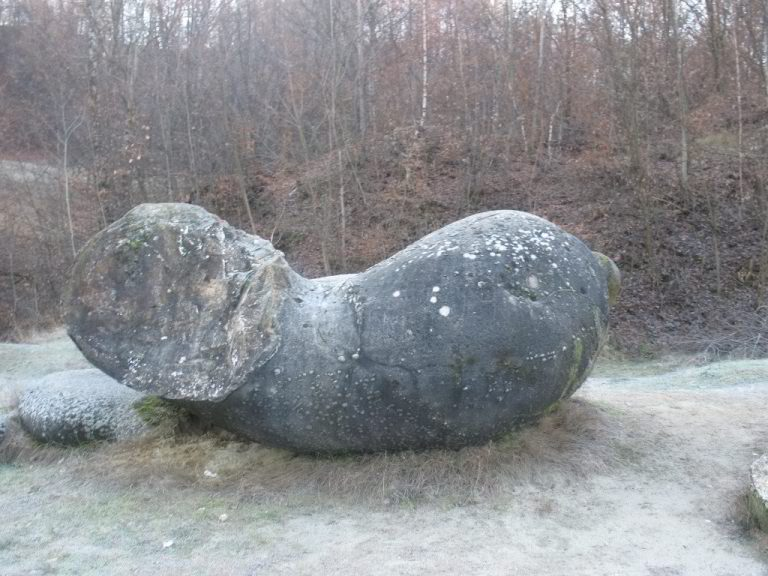
This phenomenon had scientist scratching their heads even harder.

But these Living Stones are capable of other surprising things as well. To my surprise, they also MOVE ON THEIR OWN from one spot to another! They may not be very noticeable because they move so slowly, but they do relocate on their own!
Scientists still don’t understand how these trovants may develop and migrate on Earth. The rocks’ ability to expand is thought to be due to some compounds that make up its composition. A theory then advanced to account for this
“…any form of water rich in calcium carbonate is essential in forming a Trovant, and that is also the key to make the rock grow’ in the presence of rainwater. After every heavy rain shower, Trovants absorb the rain’s minerals. The minerals are combined with the chemicals already present in the stone that later creates a reaction and pressure inside. The pressure spontaneously makes the rock grow from the center to its margins and multiply, with a deposition rate of about 4-5 cm in 1000 years.”
These unique stones are attracting many tourists who are likewise puzzled about their structure.

These unique creations are now housed in a natural reserve for preservation.
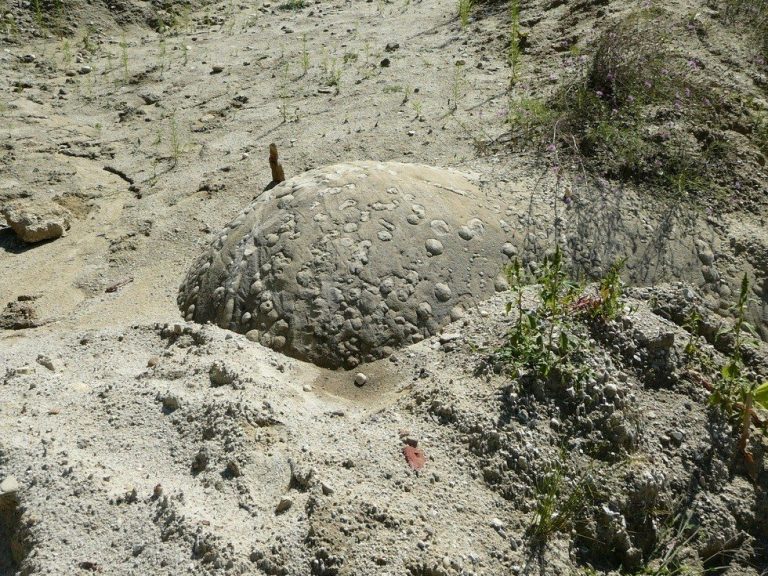
Other explanations for the movements of the trovant stones were proposed. People have linked the mystery stones known as the Trovants to magnetism, extraterrestrial intervention, and even odd energy vortexes that are said to exist nearby.
Scientists discovered that the stones are made of cemented sands and mineral salts after cutting them in half in order to obtain a more dependable and logical explanation for the actions of the trovants. They also have odd internal rings that indicate their age, much like the rings you see on trees. Then, experts began to infer that these mysterious stones contain inorganic life.
Geologists found a number of rings in the stones like those of the tree, although they still don’t know what they indicate.

The trovants are indeed mind-boggling but they are absolutely amazing wonders of Mother Nature.
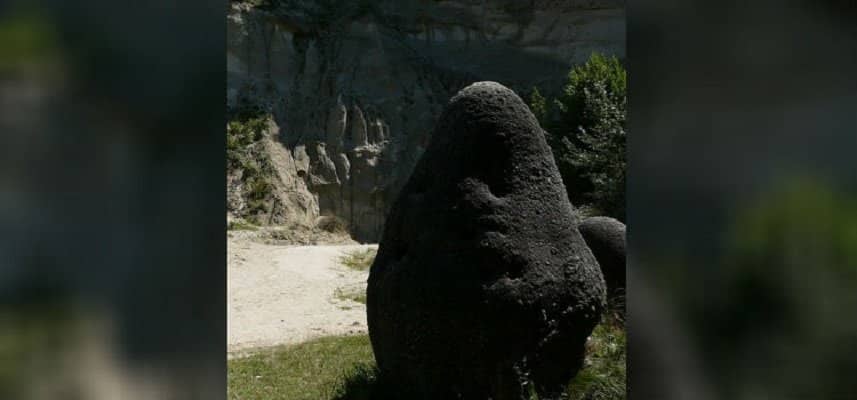
Scientists assert that it is indeed conceivable for the enigmatic stones to expand in size because of the mineral-salt concentration of the stones. They explained that the chemicals inside the rock spread when its surface becomes wet, which puts pressure on the sand to grow.
To preserve the exceptional geological creations, the “Muzeul Trovantilor” or “Trovants Museum Natural Reserve” or Colesti Museum was constructed in 2004. It was discovered that these stones are not indigenous to Romania, nevertheless. Other locations with comparable rock formations include the Czech Republic, Kazakhstan, and Russia.

